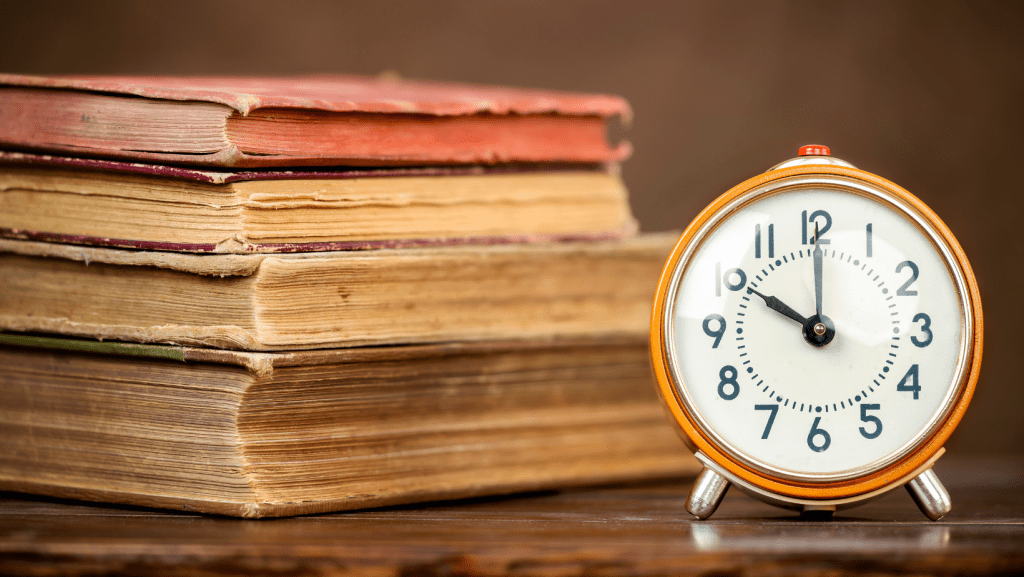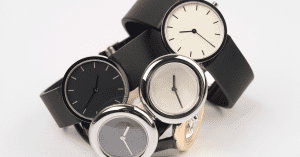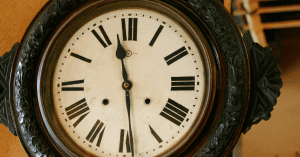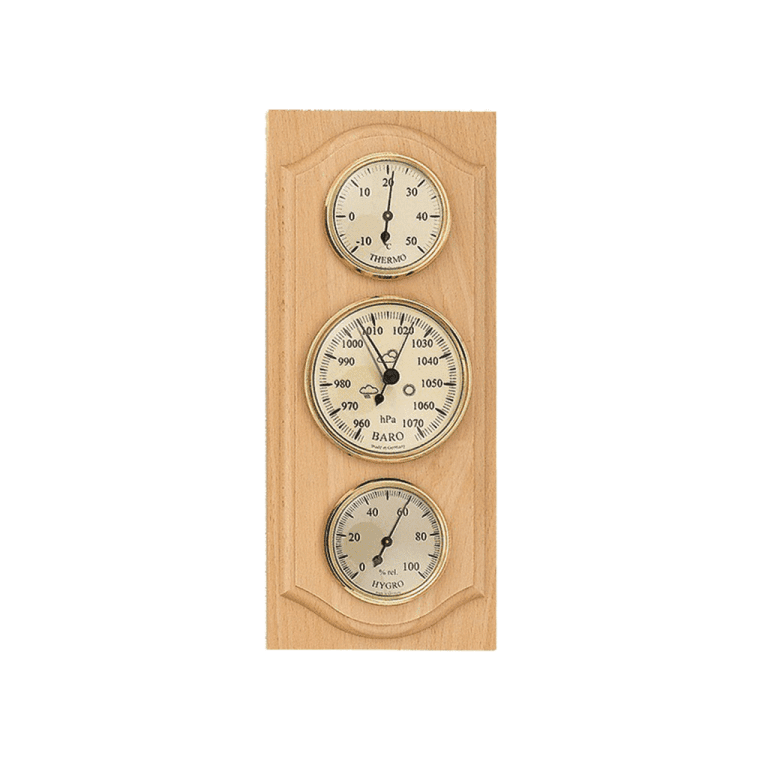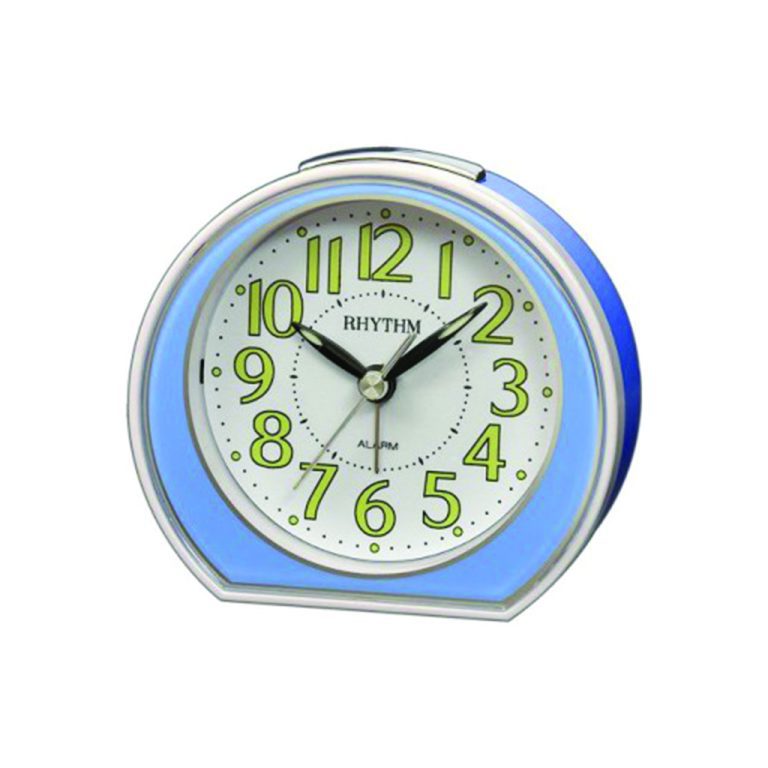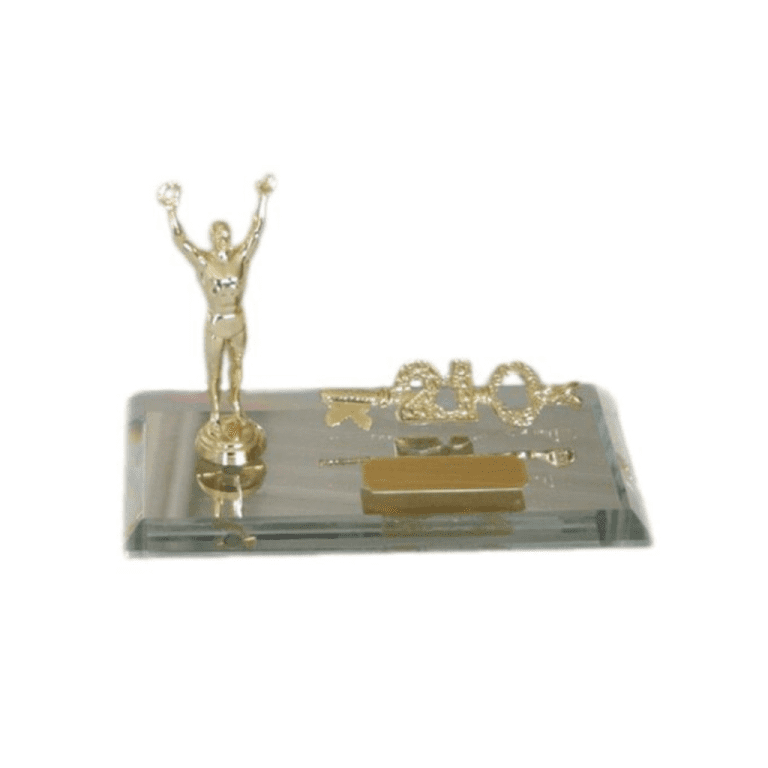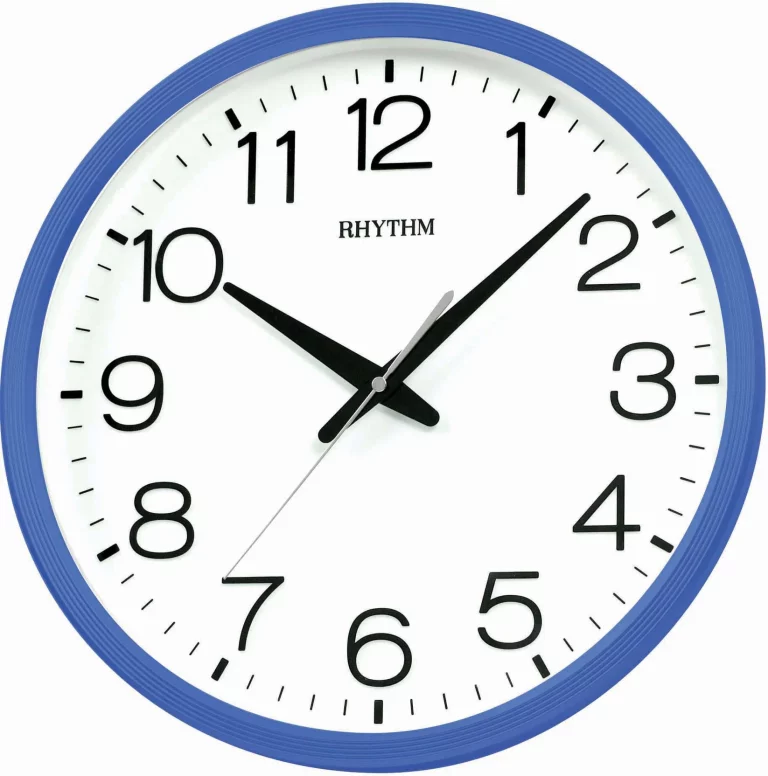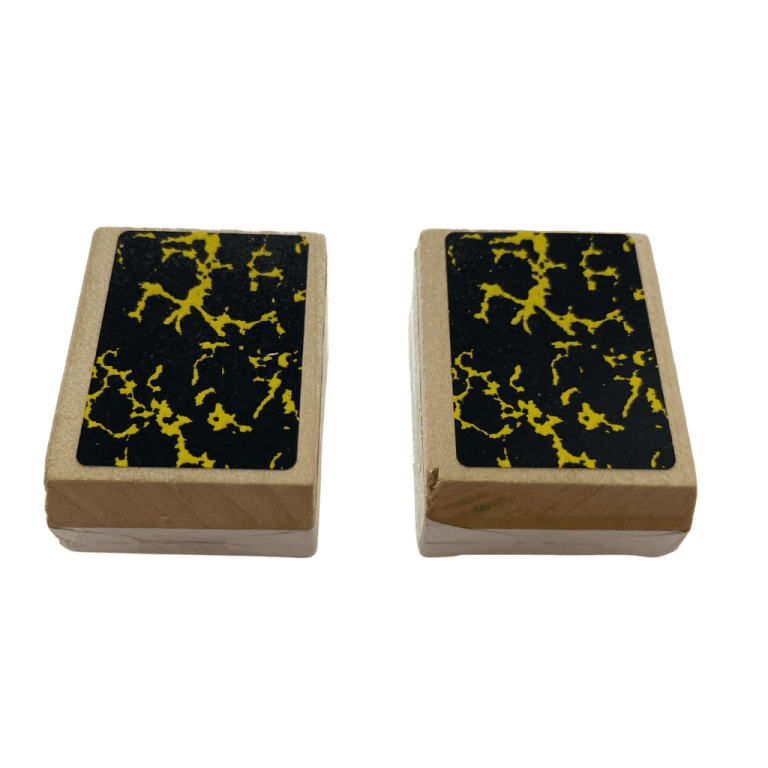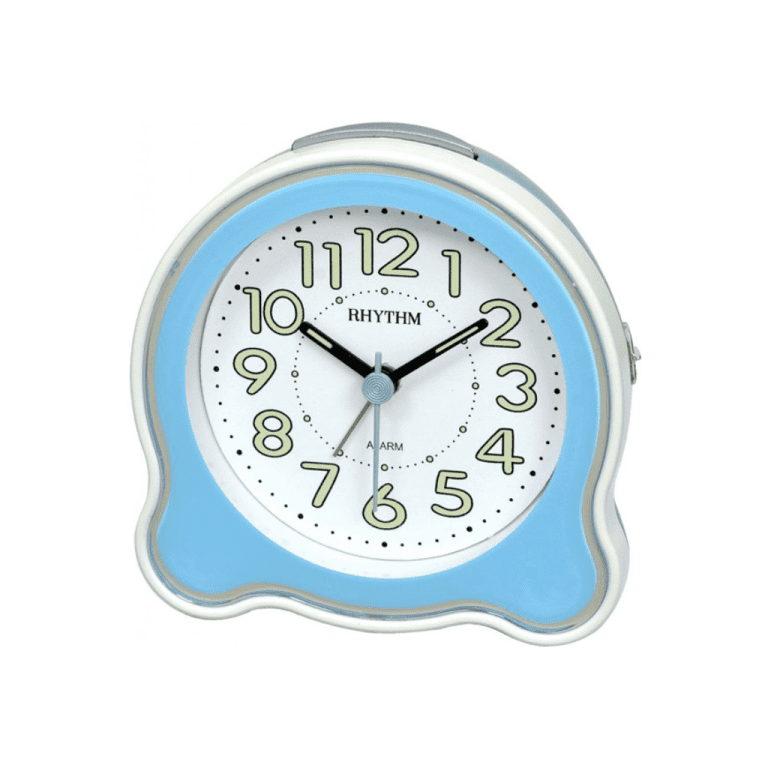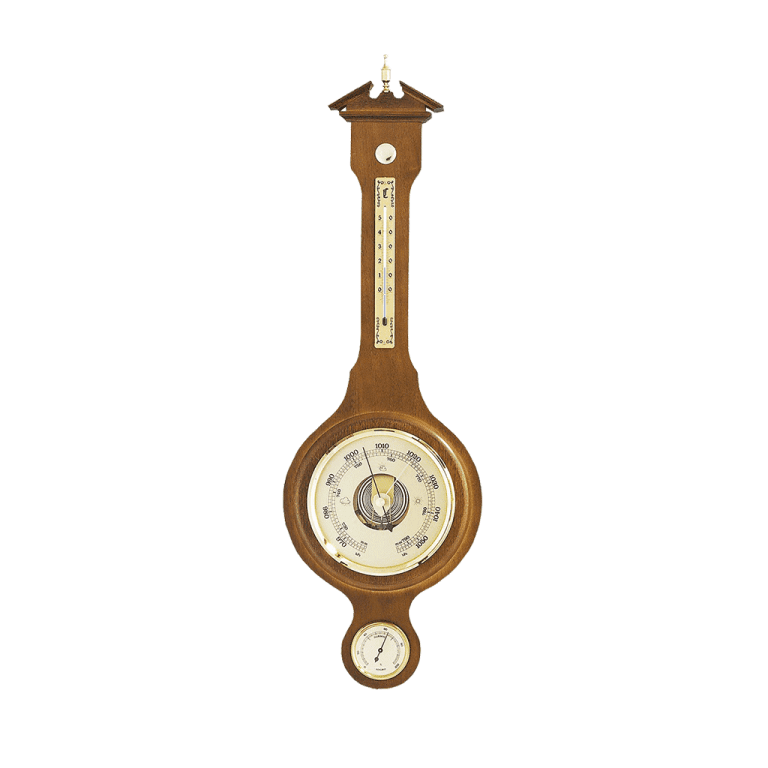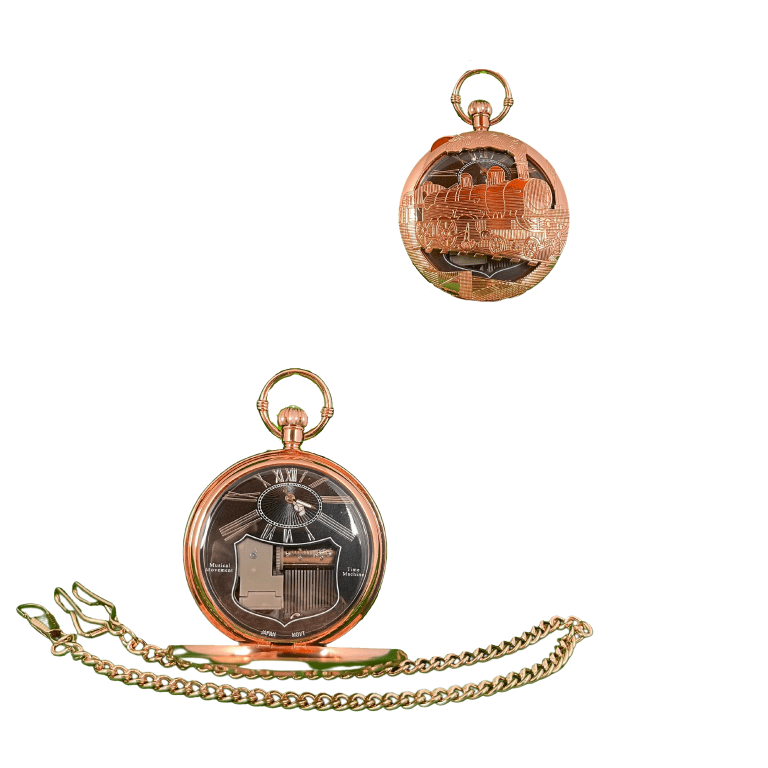Time for history of Edinburgh timepieces…
Time for a brief history of Edinburgh timepieces… Clocks have played an important role throughout history (not least by marking the passage of time itself).
One of the taxes introduced by William Pitt in the late eighteenth century – besides income tax and the notorious window tax – was a tax on clocks. Because a clock was an expensive article, by default the people who could afford them would be able to afford a higher tax burden, and the Duties on Clocks and Watches Act of 1797 levied a charge of 10 shillings on a gold timepiece, and 2 shillings sixpence on silver and other timepieces. The tax proved not just unpopular but ineffective, and the levy was abolished just a year later, in 1798.
It wasn’t until the rise of the railways that the UK developed standardised time – before the rise of mass transit it wasn’t so important for London and Edinburgh to be on the same time zone, for example. It wasn’t until people could depart one part of the country and arrive in another that the need for services to be scheduled to an hour rather than to the day, as earlier stage coaches had done.
That notion, of railway time, introduces Edinburgh’s first notable clock – the one on top of the Balmoral Hotel at the east end of Princes Street in the New Town. Although it’s a private hotel today, the Balmoral was established as a railway hotel for the North British Railway Company, who operated the services out of Edinburgh and down to London.
Originally the hotel was the North British Railway hotel – look for the initials NBR in the stonework of the building itself. And the clock on its tower was originally run five minutes fast, as a service to rail customers. You might think you were late for your train, be encouraged to pick up your pace, and thus arrive at the station in good time after all!
Today, although no longer formally attached to the station, the clock runs fast as a little bit of local tradition. It only ever tells the correct time on New Year’s Eve, when images of Edinburgh’s Hogmanay celebrations are shown live around the world… at which point they make sure it shows midnight at the right time, so that the city isn’t five minutes ahead of the rest of the UK celebrating the new year!
Another significant time service that visitors often know about is the one o’clock gun, fired from the battlements at Edinburgh Castle.
This service began in 1861, as an accompaniment to the time ball on the Nelson Monument on Calton Hill. Intended as a signal for ships in the port of Leith to be able to set their clocks for the purposes of accurate naval navigation, the time ball and the canon were linked by an electric cable for many years, to ensure absolute synchronisation.
But of course the speed of sound had to be figured into the ships’ calculations. The noise of the shell being fired from the castle took a little over 10 seconds to reach the port of Leith, which made setting chronometers rather challenging!
Listen for the canon being fired, and watch for the ball being dropped, every day except Sundays at 1pm.
Pop into the National Museum of Scotland to see the Millennium Clock tower a kinetic sculpture created in 1999 by a collection of five craftspeople. It can be found just off the Grand Gallery on the ground floor of the museum, and stands over 10m high – and for most of the time it’s not apparent that it is a clock, until once every hour when the tower bursts into life with a spectacular (and macabre) display of movement, lights, sound and imagery…
At the base of the monument is a monkey turning a wheel (a metaphor for life, perhaps?!) surrounded by all kinds of noisy chains and metal elements. In the middle of the structure are a collection of figures, including historical characters like Stalin, Hitler and Lenin, as well as a skeleton straddling a huge convex mirror which acts as a pendulum, reflects the faces of people watching the clock. Up at the top are twelve figures representing various forms of hardship that humanity has faced – before the very top of the spire at the top of the clock features a small wooden carved figure of a woman carrying the body of a dead man.
It’s not exactly joyous, when you start noticing the grim details, but the whole display takes places to a gothic organ recital of a Bach prelude, and lasts over five minutes. There’s plenty of action to catch the eye and hold your attention!
Above one of the modern art galleries at Belford is another clock, less remarkable than the Millennium Clock tower, but with a historic connection to Edinburgh’s Old Town.
The clock used to sit above the Netherbow Port, which was the main gateway int othe city, which stood at the World’s End junction on the Royal Mile. This was the most heavily defended of the city gates, which would be closed in the evening as visitors couldn’t enter Edinburgh under cover of darkness.
When the gateway was demolished in the 1760s, the clock was preserved and mounted above the building at Belford, which was designed by Thomas Hamilton and built as an orphanage in the 1840s.
The final clock that is worth looking for in Edinburgh is the floral clock which can be found in Princes Street Gardens, at the junction with the Mound in the western side of the gardens.
This is the world’s oldest floral clock, which has been replanted every year since 1903. Over 40,000 individual plants make up the clock face, which features fully planted hour and minute hands, as well as a mechanical cuckoo which pops out to call the hour!
Each year the clock is designed with a different decoration to mark a historical anniversary of some kind, and is planted each spring before being taken away each winter.
Credited to:https://www.edinburghexpert.com/

